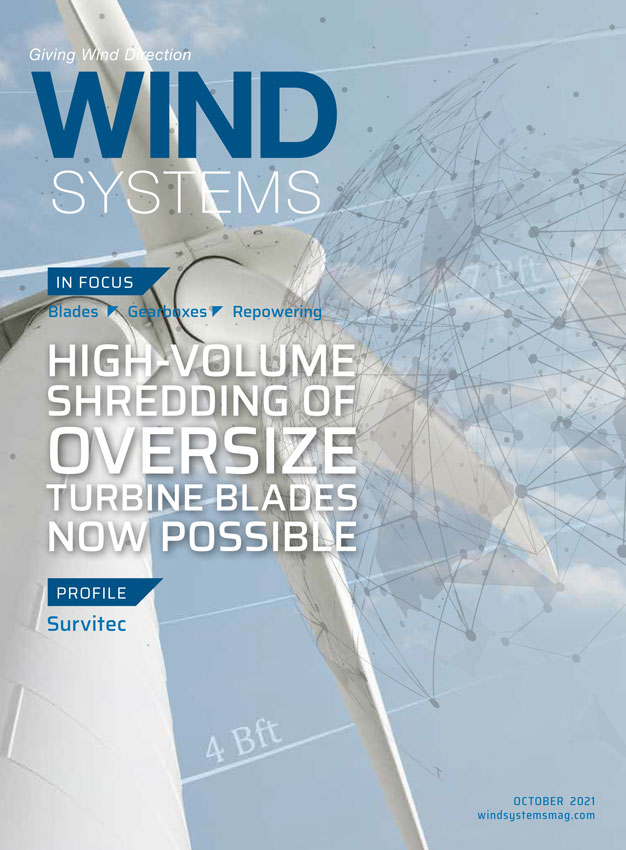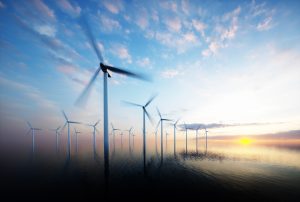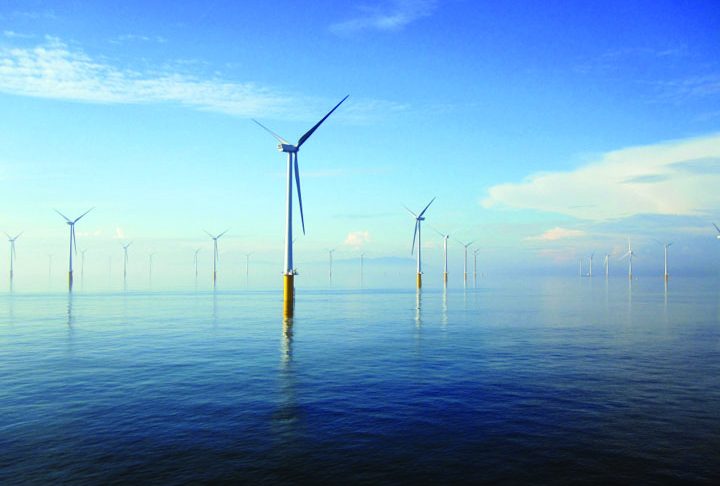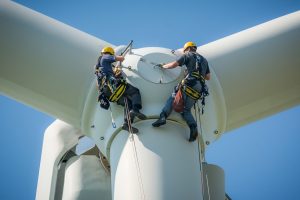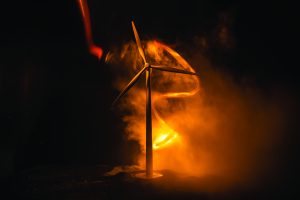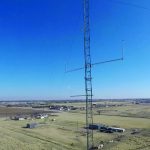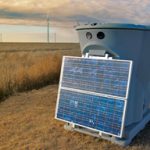Stronger focus on net zero goals is driving a huge surge for wind power. According to recent reports, 2020 marked the wind-energy sector’s best year so far with 93 GW of capacity installed globally due to soaring demand. While land wind energy growth in the U.S. hit record levels and saw investment of $24.6 billion, European outlay on new wind farms has reached 49 billion euros.
Although wind power is not the only element needed to fuel the transition to net-zero, it’s experiencing increased demand as awareness of its importance grows. In fact, studies predict that meeting 2050 carbon reduction targets will depend on global installation progressing three times faster over the next decade.
For wind-energy providers, this presents rapidly expanding opportunities. However, with accelerated adoption also comes greater pressure. Keeping pace with market needs will mean scaling up operations, reconfiguring business models, streamlining systems, and implementing more advanced technologies — or put simply: major IT redesign and modernization.
The question is: How can wind-energy firms ensure their evolution fuels both immediate and lasting benefits — and, most crucially, what does such a major overhaul look like in practice?
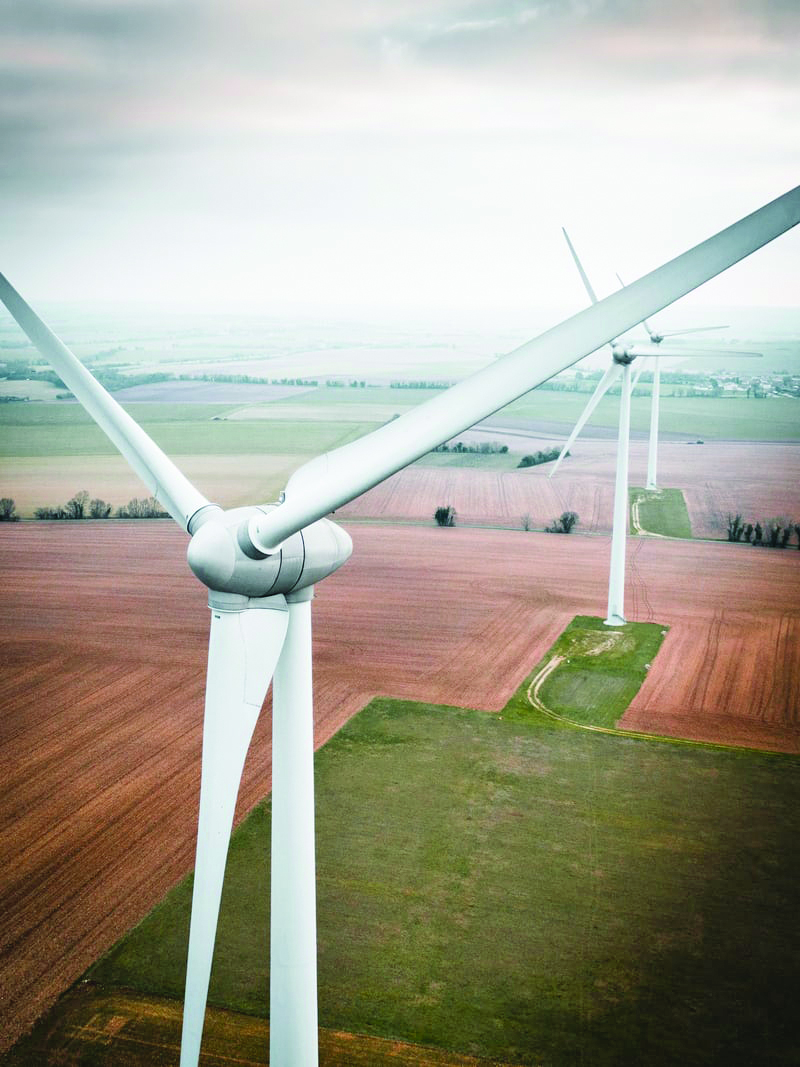
Making quick gains amid increased demand
Despite falling costs on the production side, price remains a deciding factor for wind-energy purchasers, and it is just as important as ensuring reliable supply. This means energy providers must harness precise yet adjustable planning to consistently provide buyers with enticing wind-power offerings, and one of the most efficient ways to achieve that is by leveraging artificial intelligent (AI) solutions.
Modern AI platforms, especially those with API data integrations and cloud-based SaaS applications, can do more than just amalgamate large data sets. Sophisticated algorithms have the ability to evaluate historic information against real-time data and continuously predict cost or spikes in demand. By cross-referencing these insights with climatic sensor data, they can also forecast future energy requirements in line with seasonal fluctuations. This is particularly important when you consider that wind companies typically run distributed operations across multiple time zones and climates.
By ensuring demand is persistently synced to grid load for maximum cost-effectiveness, this allows organizations to both prevent issues and seize opportunities. For instance, identifying upcoming demand peaks means avoiding unexpected outages and allows firms to plan for when extra battery storage is needed to meet market demand — therefore increasing revenue.
Ultimately, the energy providers that can tap into data from varied internal and external sources to align their operations with fluctuating market demand will quickly reap the benefits in terms of increasing short-term revenue opportunities and maximizing ROI.
Another advantage of embracing AI is the scope it brings for wind organizations to broaden their customer base. Specifically, wind-energy providers should consider a platform that aggregates a lot of buyers from different markets through cloud-based subscription applications. Not only does this enable buyers to purchase available energy capacity, but it also ensures wind generators get a guaranteed sale that’s good for their bottom line. Unlike traditional wholesale pricing strategies, this process will also ensure SMEs get access to wind energy on terms that work for them. Ultimately, this form of hyper-local demand and supply matching will not only ensure transparency of price for the buyer but also guarantee increased profit margins for energy companies.
Building the foundations for long-term success
It’s no secret that digitization is important to future-proof many industries, and the wind-energy sector is no exception. In the longer-term, exploring developments such as digital twin technologies will be critical to ensure power plants can bridge the gap between physical assets and digital systems.
Looking ahead, digital twin technologies are set to play a core role in fueling the shift away from legacy energy infrastructure. By forging links between previously disparate wind-farm facilities, digital twin technologies can enable virtualized management capabilities via a “hive” model. By coupling digital twin technologies with AI and machine learning, energy providers can implement predictive capabilities to identify turbine maintenance needs ahead of time. For example, these technologies will provide predictions on the specific turbines that should be shut off for optimal output, particularly where fluctuating wind patterns make it more conducive to overall production to not have peripheral turbines running.
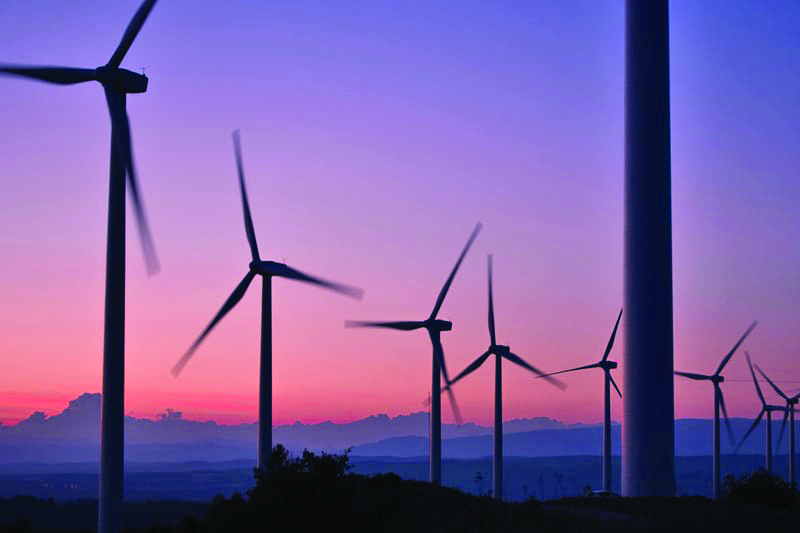
Ensuring safe, flexible, cost-effective data exchanges
Of course, there are some foundational steps to consider first. Most importantly, virtual maintenance capabilities require a certain level of interoperability to enable safe, flexible and cost-effective data exchanges. Fortunately, wind companies can consolidate data into one cloud-based AI system, helping them to unify datasets across their decentralized portfolio and network of generators and storage locations — harmonizing the data in each location to make them work together in harmony.
From there, businesses will then be ready to harness digital twin technologies to connect the offline world and IT services, such as controls and diagnostics. In addition to enabling the virtual maintenance of complex equipment, constant monitoring will produce data AI and machine learning algorithms can use to anticipate potential unplanned downtime by testing how procedures may perform in different simulated scenarios. Armed with precise predictions of possible holdups, businesses can take proactive action to minimize supply risks with the bonus of gaining more time they can invest in development, collaboration, and enhancing the lifetime of power generation tools.
As the mission to curb negative environmental impact gains momentum, renewables are on an accelerated adoption trajectory that makes swift changes vital for wind companies to deliver the premium products and services now in mass demand. On a near-term basis, harnessing AI technologies to reliably supply power at the right level and price for each market will be essential to secure an early competitive position. When it comes to future-proofing operations, making the most of digital twinning technologies will help wind-energy providers to build agile IT infrastructure. Only then will companies have the capacity to optimize the efficiency and profitability of wind-power generation, persistently.
















